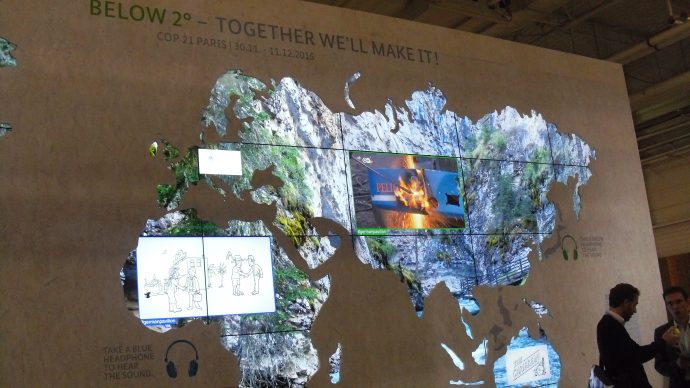Det fremgår af en artikel på hjemmesiden for amerikanske National Oceanic and Atmospheric Administration (NOAA), et af de mest anerkendte vejr- og klimainstitutter i verden.
Ifølge videnskaben må koncentrationen af CO2 i atmosfæren ikke overstige 450 ppm for at holde temperaturstigningen under 2 grader.
Carbon dioxide levels measured at NOAA’s Mauna Loa Baseline Atmospheric Observatory rose by 3 parts per million to 405.1 parts per million (ppm) in 2016, an increase that matched the record jump observed in 2015.
The two-year, 6-ppm surge in the greenhouse gas between 2015 and 2017 is unprecedented in the observatory’s 59-year record. And, it was a record fifth consecutive year that carbon dioxide (CO2) rose by 2 ppm or greater, said Pieter Tans, lead scientist of NOAA's Global Greenhouse Gas Reference Network.
“The rate of CO2 growth over the last decade is 100 to 200 times faster than what the Earth experienced during the transition from the last Ice Age,” Tans said. “This is a real shock to the atmosphere.”
Globally averaged CO2 levels passed 400 ppm in 2015 — a 43-percent increase over pre-industrial levels. In February 2017, CO2 levels at Mauna Loa had already climbed to 406.42 ppm.
Measurements are independently validated
NOAA has measured CO2 on site at the Mauna Loa observatory since 1974. To ensure accuracy, air samples from the mountaintop research site in Hawaii are shipped to NOAA’s Earth System Research Laboratory in Boulder, Colorado, for verification. The Scripps Institution of Oceanography, which first began sampling CO2 at Mauna Loa in 1956, also takes independent measurements onsite.
Emissions from fossil-fuel consumption have remained at historically high levels since 2011 and are the primary reason atmospheric CO2 levels are increasing at a dramatic rate, Tans said. This high growth rate of CO2 is also being observed at some 40 other sites in NOAA’s Global Greenhouse Gas Reference Network.
The greenhouse effect, explained
Carbon dioxide is one of several gases that are primarily responsible for trapping heat in the atmosphere. This “greenhouse effect” maintains temperatures suitable for life on Earth. Increasing CO2 levels trap additional heat in the atmosphere and the oceans, contributing to rising global average temperatures.
Atmospheric CO2 averaged about 280 ppm between about 10,000 years ago and the start of the Industrial Revolution around 1760.















